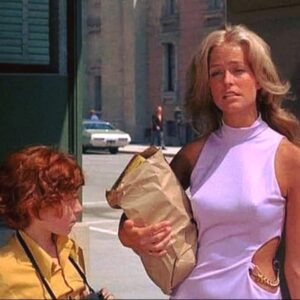Can You Drink Bathroom Water Safely? Here’s the Truth
You’ve been there—you’re in the bathroom, brushing your teeth or zoning out, when a thought hits: Can I drink this water? It feels odd to hesitate in your own home, but the question isn’t as silly as it sounds.
The Short Answer
Yes, in most modern homes, drinking bathroom tap water is generally safe. However, there are a few exceptions worth knowing before you fill that cup.
It All Comes from the Same Source
In homes with updated plumbing, bathroom and kitchen taps share the same water supply. City water goes through the same filtration process before flowing into every faucet—kitchen, bathroom, and laundry room alike.
If your plumbing is newer or has been remodeled in the last couple of decades, you’re probably in the clear. But homes built before 1986 may still have lead or copper pipes, which can leach harmful materials into your water. If that’s the case, getting your water tested is a smart move.
Why Pipe Condition Matters
Old pipes don’t just affect safety—they change how your water tastes. Bathroom sinks, which are used less often, can develop that “stale pipe” flavor. It’s not dangerous, just unpleasant—think licking an old penny. Let the water run for a few seconds before drinking, and you’ll notice the difference.
Filtration Differences
Not every home filters all its water. Some systems only treat the kitchen tap, while others cover the whole house. That means your bathroom faucet may not benefit from the same filtration. If you’re unsure, try a simple home water testing kit. They’re inexpensive and can detect lead, chlorine, bacteria, and more.
No, You’re Not Drinking Toilet Water
Let’s clear up a myth. Bathroom faucets and toilets don’t share “toilet bowl water.” Toilets fill with clean water from the same supply as your sink. Unless your plumbing was installed by a maniac, you’re not sipping toilet water.
Clean Your Sink—Seriously
Even if the water itself is safe, the sink might not be. Think toothpaste spit, soap residue, and stray beard trimmings. If you drink directly from the faucet, wipe the basin first—or better yet, use a cup.
And don’t mistake that half-full glass on the counter for water. Between mouthwash, peroxide, and cleaning products, one wrong sip could lead to a minty regret you didn’t ask for.
The Verdict
If your plumbing is modern and your water looks, smells, and tastes fine, bathroom tap water is safe for the occasional sip. But don’t make it a habit—especially in older homes or if your sink hasn’t seen a cleaning since the ‘90s.
And about that glass of water sitting out overnight? Skip it. Standing water collects dust and bacteria.
The Simple Solution
So, if it’s 2 a.m. and you’re parched, go ahead—turn on that bathroom faucet. But if your home is older or your instincts say “maybe not,” grab your water from the kitchen instead.
Or better yet—keep a reusable water bottle by your bed. No plumbing worries, no surprises.





